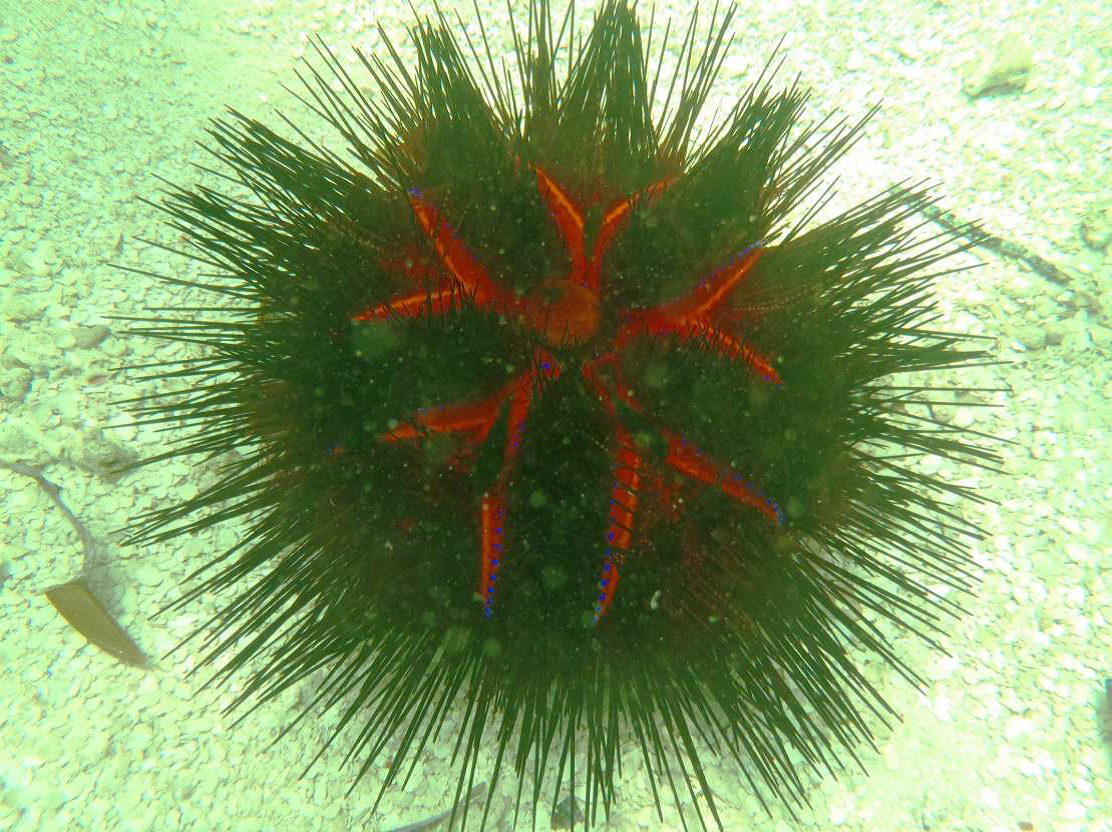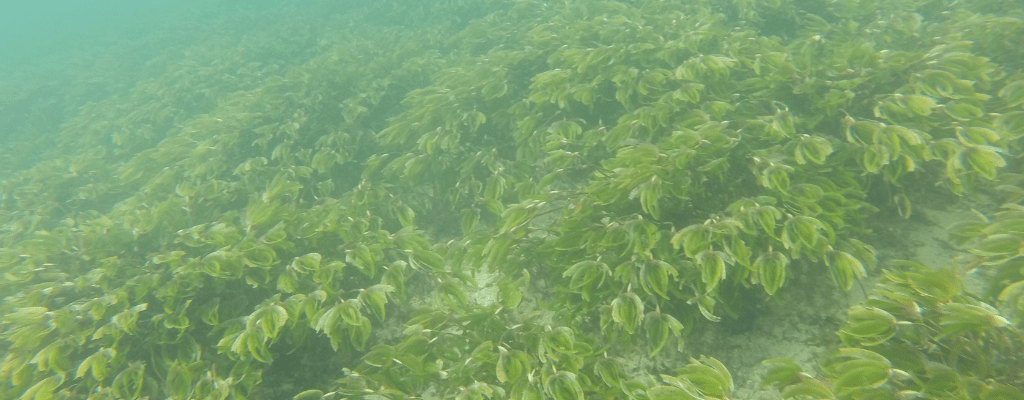Project Completed
Location: Watamu Marine National Park Project Leader: Eric Thuranira
Seagrass beds support a large variety of associated flora and fauna. A vital part of the marine ecosystem due to their productivity levels, seagrass provides ecological roles and ecosystem services such as carbon storage, feeding grounds for coral reef organisms, habitat and nursery areas for numerous vertebrate and invertebrate species. The vast biodiversity and sensitivity to changes in water quality inherent in seagrass communities make seagrass an important species to help determine the overall health of an ecosystem.
Out of the 12 species of seagrass recorded in Kenya, 11 have been found in Watamu Marine National Park. One of seagrass species, Zostera capensis, is listed as Vulnerable in the IUCN Red List with its population decreasing. The seagrasses are the most dominant component of the park covering nearly 40% of the benthos (Cowburn et al., 2018). This shows how the park is
important in the conservation of these species.
A seagrass identification guide was developed in order to help the Kenya Wildlife Service in the management of the park especially during the monitoring of the park. The guide can also be used by citizen scientists and researchers who want to identify seagrass species found in Watamu Marine National Park. Our hope is that this guide facilitates much work to benefit the park and the people of Watamu who depend upon it.
An important group of the macrobenthic marine organisms that live in these seagrass habitats are the echinoderms. They comprise of sea stars, sea lilies (crinoids), sea urchins, sea cucumbers and brittle stars. They play diverse ecological roles as primary consumers, sand cleaners and indicator species. Thus, disturbance in their habitats may upset the health of the whole ecosystem.A Rocha Kenya’s marine team is carrying out a study in WMNP to get a better understanding of the roles of seagrass habitats as spawning, recruitment and sheltering sites for echinoderms. The study will be imperative for understanding how IUCN Red listed species can be conserved.

